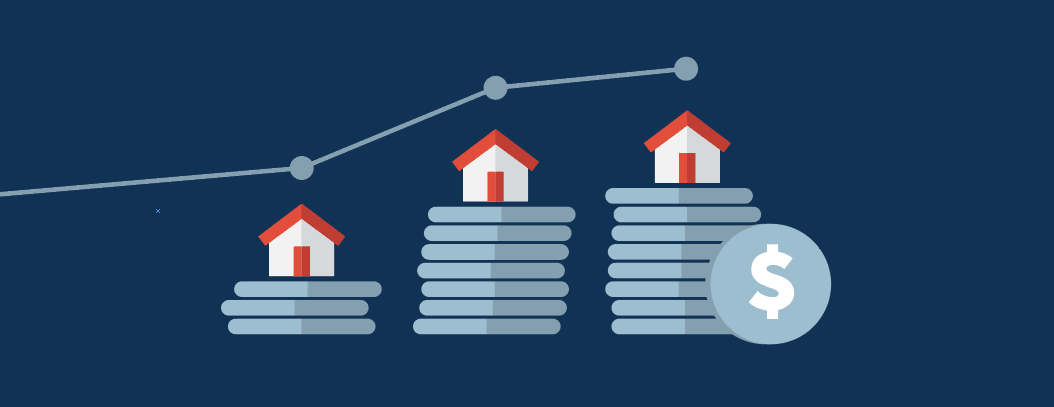
The housing price boom in California may finally be leveling off! The median home price in Los Altos Hills fell 9 percent in the past year. Stanford led the state, with a fall of nearly 15 percent. But don’t plan on moving quite yet. The median home price in Los Altos Hills is still $4.5 million, and in Stanford, it is over $2.9 million.
In nearby Washington state, prices are also starting to come down, although not as steeply and not from such stratospheric levels. But despite the fact that Vashon Island can only be reached by ferry from Seattle, the median price there is still over $600,000 despite a drop of 4.5 percent. Other states like Colorado, Idaho, Oregon and Tennessee are in similar situations, to name just a few, according to recent reporting by Forbes Magazine using Redfin data. The reason is the same in all of these and other cities – housing affordability is so bad, only the extremely wealthy can afford to live there. Even families making well over six figure incomes can’t possibly come up with the down payment to afford to buy a home.
This impacts rental markets as well. The fewer homebuyers, the more renters, and the more renters, the higher the rents. The law of supply and demand would rectify this situation, but it can’t because there are too many structural and systemic barriers to housing production. We’ll get back to that point in a moment.
First let’s look at some actual cases from NHC’s Paycheck to Paycheck database. In the San Jose metro area, which includes Stanford and Los Altos Hills, a new homebuyer must have an income of more than $300,000 per year to buy a typical home – and that averages in much less costly cities in the same vicinity. In fact, a computer programmer married to an accountant still falls short of being able to afford their own home by $150,000. Partly as a result, renters don’t fair much better. None of the 81 occupations we researched could afford the typical two bedroom apartment and most could not afford a three bedroom even with two incomes. Only the computer programmer could afford a one bedroom apartment.
The reason for this growing housing crisis is a lack of supply. We simply are not building enough homes. In the most recent State of the Nation’s Housing report by the Joint Center for Housing Studies at Harvard University, we only completed 1.2 million new housing units last year, which despite being on par for the decade since the financial crisis, is significantly lower than our annual production at any point between 1982 and 2008. During a time when the need for new housing units is reaching unprecedented levels, our housing production is barely keeping up with new household formations. When looking at single family residential homebuilding, the numbers are much worse, as this chart from the National Association of Home Builders shows.

This is why NHC is working with our members to draft a national housing act for the 21st century. We hope you will join us in this effort by becoming a member of NHC. We aren’t waiting however. We are also supporting immediate passage of legislation like The Neighborhood Homes Investment Act (NHIA), the Affordable Housing Credit Improvement Act (AHCIA) of 2019 and the Save Affordable Housing Act of 2019. Together, they would make a significant impact on two major factors exacerbating America’s housing affordability crisis: the appraisal gap for affordable homes in depressed single family housing markets, and the lack of affordable rental housing across the country. We are also working with the Trump administration and bipartisan leaders in Congress on responsible bipartisan regulatory reform, zoning improvements and housing finance reform.
We believe that we can address this growing crisis, but only if we work together. We are counting on you to help us make that happen.

